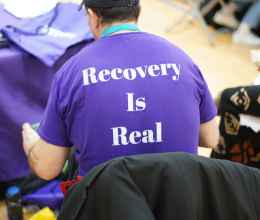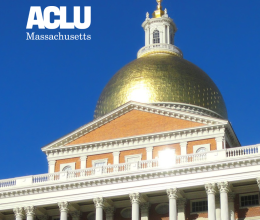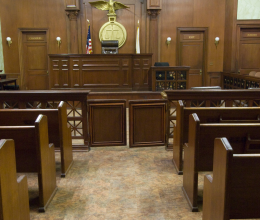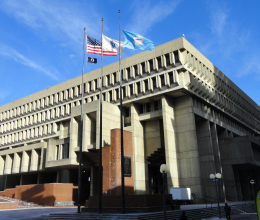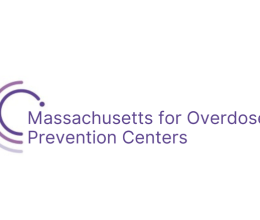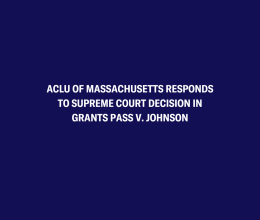
These defendants were convicted of assault and battery on a child causing substantial bodily injury on the basis of diagnoses of SBS made by members of the Children's Hospital Child Protection Program. In each case the children had a subdural hemorrhage between the skull and the brain, retinal hemorrhages in both eyes, and brain swelling. In each case, the experts testified that those injuries were caused by shaking and that they were characteristic of SBS.
Shaking was first proposed as a mechanism for causing brain injury in children in 1971. Over the next decade that suggestion was greatly expanded. What came to be known as shaken baby syndrome could be diagnosed, it was believed, when an infant had subdural and retinal hemorrhages and direct injury to the brain, and there were no alternative explanations for the injuries comparable to a severe car accident or a fall from a multi-story building. It was further thought that the child would immediately lose consciousness on sustaining the injuries, and therefore the perpetrator had to be someone who was with the child at that time.
Since the mid-1980s, studies have been published that cast doubt on the SBS theory. In particular, studies have questioned whether shaking alone can generate enough force to cause the injuries attributed to SBS, whether those injuries can be caused by accidental short falls or certain medical conditions, and whether a child sustaining such injuries can have a lucid interval before losing consciousness. The controversy led the American Academy of Pediatrics to recommend a change in terminology for what were believed to be non-accidental head injuries in children—from shaken baby syndrome to abusive head trauma.
The evolution in the understanding of the causes of brain injuries in children may lead to claims of ineffective assistance on the ground that defense counsel failed to adequately investigate the state of the science at the time a client is charged with inflicting such an injury. Similarly, post-trial advances in the field may give rise to claims that newly discovered evidence warrants a new trial. This brief discusses the evolution in scientific understanding and how that evolution may give rise to well-founded claims of ineffective assistance and newly discovered evidence.
